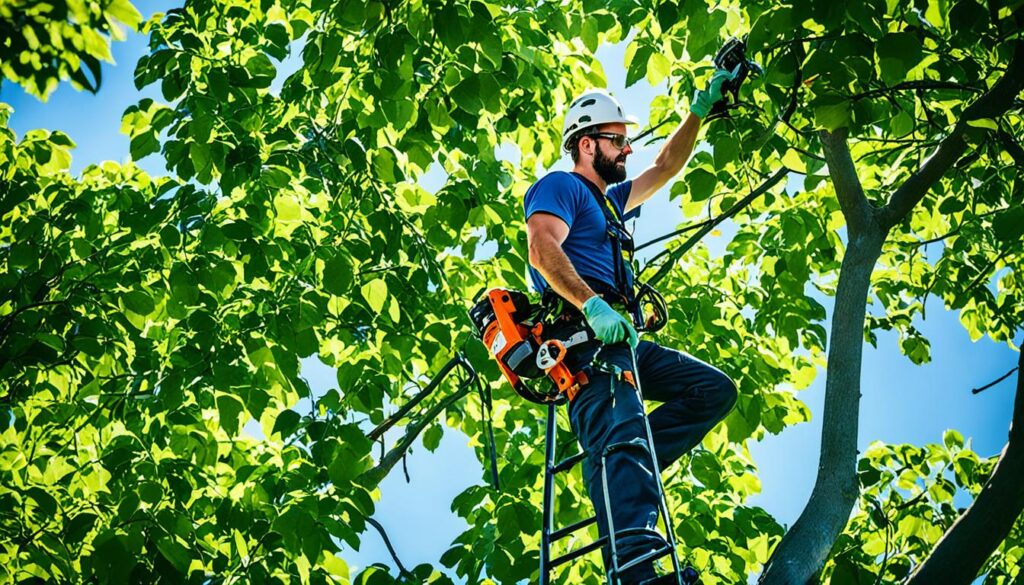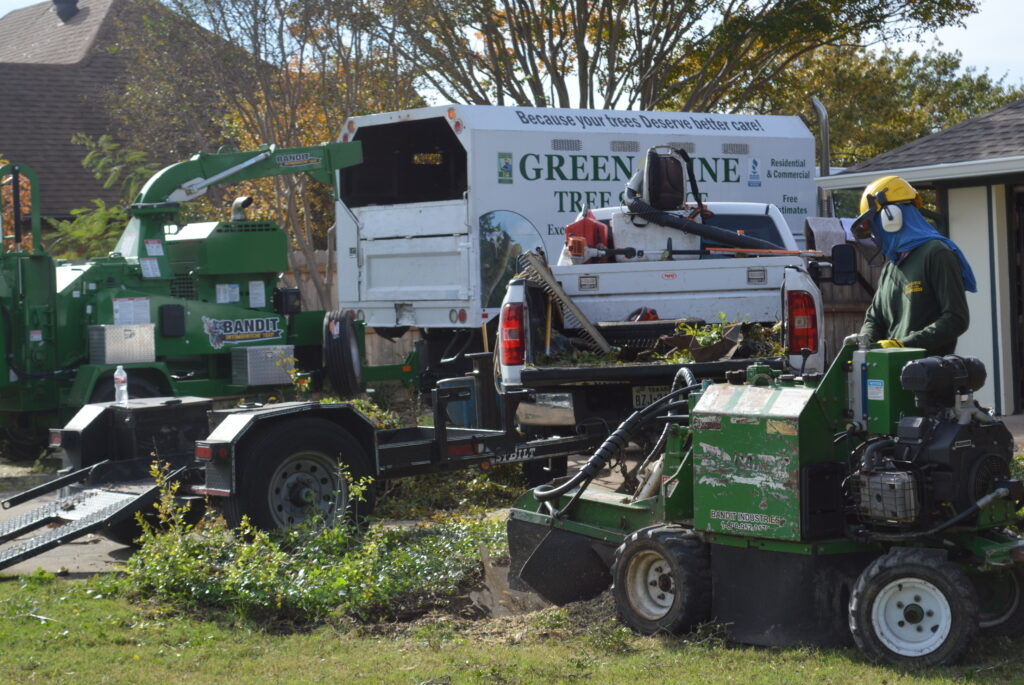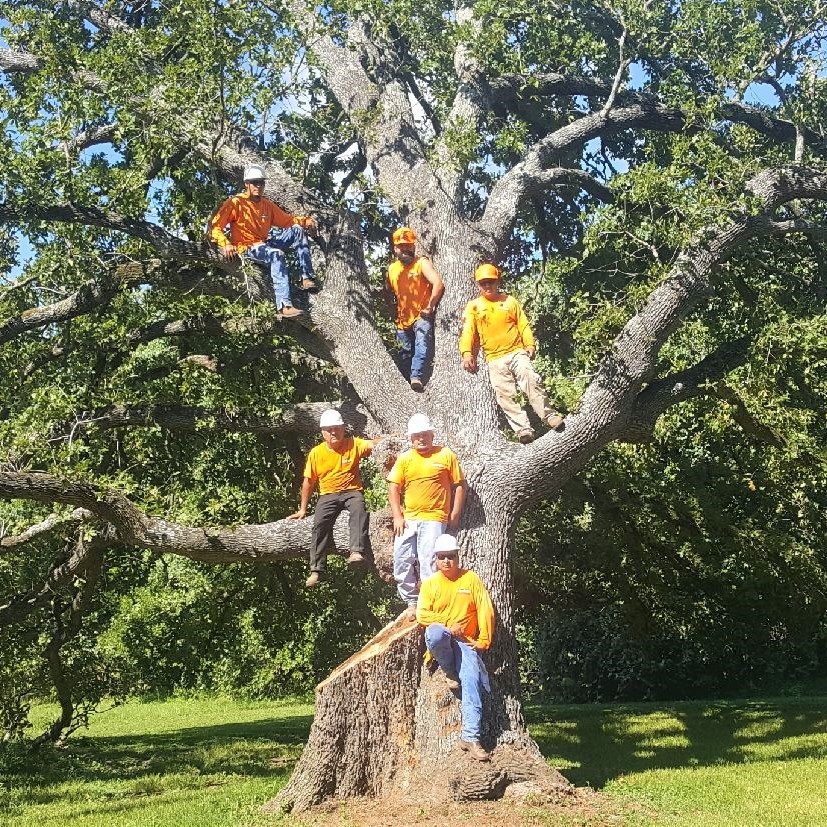Professional Tree Care: A Complete Guide to Healthy Trees and Landscapes
Introduction
Tree care is more than just trimming branches or cutting down trees. It’s about nurturing the natural beauty around us and ensuring that trees, a crucial part of our ecosystem, remain healthy and safe. Properly cared-for trees provide shade, beauty, and even increase property value. Professional tree care is the key to achieving these benefits without the risks and hassle of trying to do it all on your own.
What is Professional Tree Care?
Professional tree care involves a range of services that maintain the health, appearance, and safety of trees. This care is provided by trained arborists and tree care professionals who understand tree biology, disease, and the best practices to promote healthy growth. Unlike DIY tree care, professionals use specialized tools and techniques to address each tree’s unique needs.
Why Professional Tree Care Matters
Hiring a professional to care for your trees benefits both your landscape and the environment. Trees play a critical role in reducing pollution, stabilizing soil, and providing a habitat for wildlife. Well-maintained trees can also increase property value by as much as 20%, making professional care a wise investment.
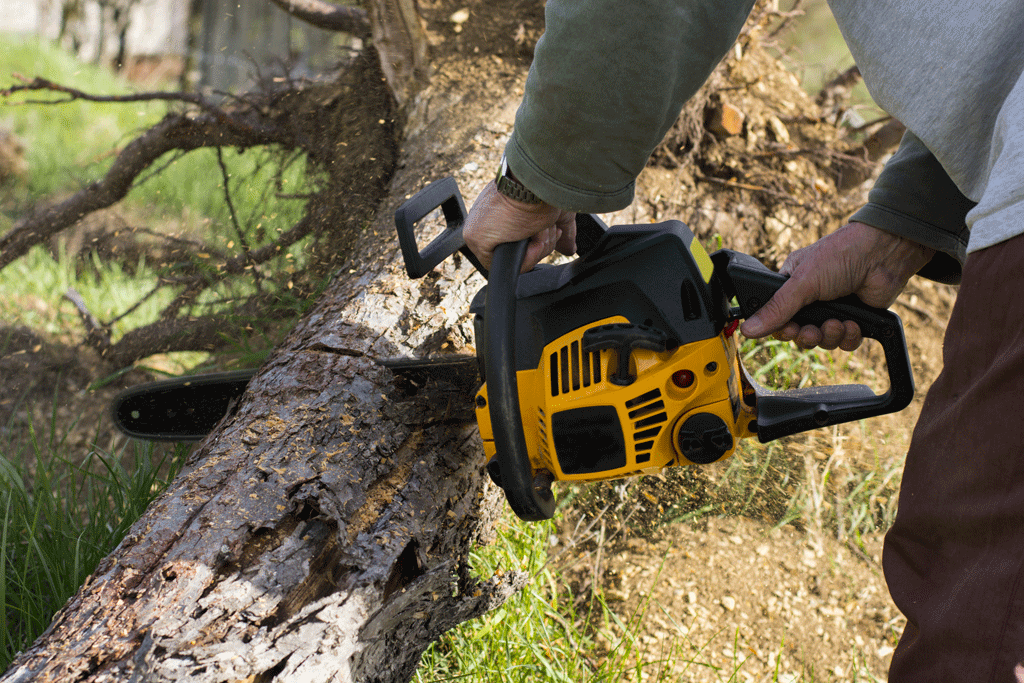
Core Services in Professional Tree Care
Professional tree care includes a variety of essential services:
Tree Pruning and Trimming: Regular pruning enhances the tree’s health and appearance.
Tree Removal: Professionals remove hazardous or dead trees safely.
Stump Grinding and Removal: This prevents unwanted regrowth and pest issues.
Tree Health Assessments: Arborists evaluate tree health and identify diseases early.
The Science of Tree Pruning
Pruning is one of the most effective ways to maintain tree health and manage growth. It helps remove dead or diseased branches and allows more sunlight to reach inner parts of the tree, promoting better growth. Timing is crucial for pruning, as different trees have optimal pruning seasons to avoid unnecessary stress.
Tree Trimming for Aesthetics and Safety
Trimming goes beyond just health – it’s also about shaping the tree to fit the landscape. Safety is another major aspect, as overgrown branches can pose hazards. Professionals use trimming techniques that balance aesthetics with safety, ensuring trees look great without becoming a danger to the surroundings.
When Tree Removal Becomes Necessary
Removing a tree is sometimes essential for safety. Hazardous trees with large, dead limbs or weak structures pose risks, especially during storms. Professionals have the skills and equipment to remove trees without damaging surrounding areas or risking personal safety.
Stump Grinding and Removal
Leaving stumps can lead to pest infestations and detract from the landscape’s appearance. Stump grinding is an efficient way to get rid of stumps and their roots completely. It also frees up valuable space for new plants or garden features.
Tree Health Assessments and Disease Prevention
Regular health assessments help detect signs of disease early on. Some common tree diseases include:
Oak Wilt: Fungal disease affecting oak trees.
Dutch Elm Disease: Highly infectious, killing elm trees.
Pine Beetles: Harmful pests that weaken trees.
Professional arborists are trained to spot these issues early, often preventing larger problems through treatment or removal.
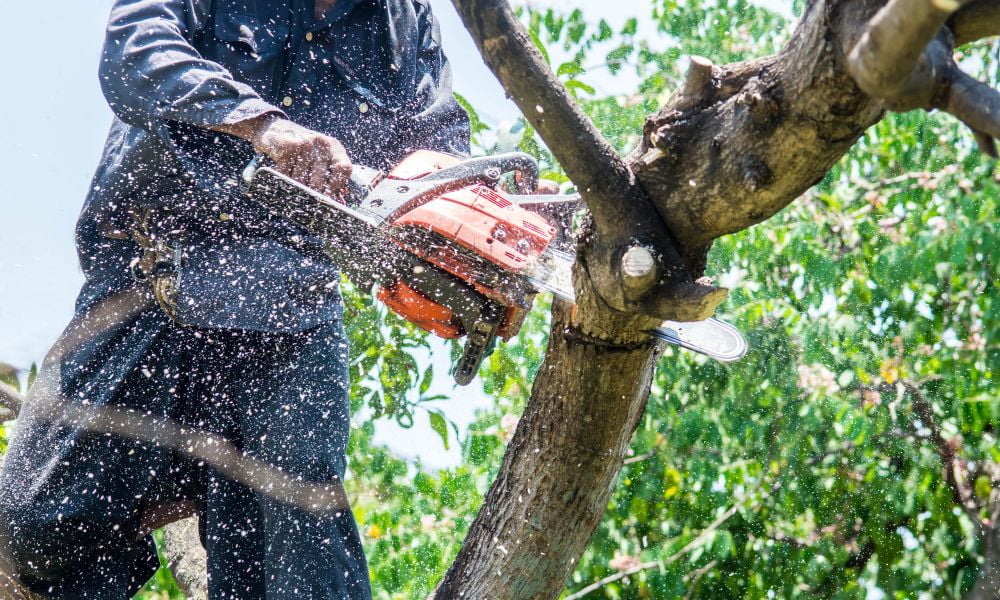
The Role of Arborists in Professional Tree Care
Arborists are tree care experts with specialized training and often certifications. They provide informed guidance on maintaining tree health, safely handle complex tasks, and understand local environmental factors. Arborists are invaluable in managing diseases and keeping your trees thriving.
Tools and Techniques Used by Professionals
Professionals use an array of tools, including pruning saws, chainsaws, and bucket trucks for larger trees. Safety gear, such as harnesses and helmets, is also essential. These tools allow arborists to handle even the tallest trees safely and efficiently.
Seasonal Tree Care Tips
Trees need care throughout the year. Here’s a quick seasonal breakdown:
Spring: Inspect for winter damage, start pruning, and fertilize.
Summer: Water deeply during dry spells and watch for pests.
Fall: Remove dead leaves and branches, prepare for winter.
Winter: Avoid heavy pruning but inspect for damaged branches after storms.
DIY Tree Care vs. Hiring a Professional
While DIY tree care is possible for small tasks, hiring a professional is essential for larger trees and complex problems. Professionals bring safety, expertise, and efficiency that DIY efforts often lack, particularly for high-risk jobs like tree removal.
Cost of Professional Tree Care Services
Tree care costs vary based on factors like tree size, complexity, and location. Stump grinding and large tree removals generally cost more due to the need for specialized equipment. When budgeting for tree care, it’s often best to get multiple quotes from reputable providers.
Conclusion
Investing in professional tree care is a proactive approach to maintaining the beauty and safety of your landscape. Not only does it improve property aesthetics, but it also supports a healthy ecosystem around your home. When in doubt, seek help from a professional to ensure your trees receive the best possible care.
